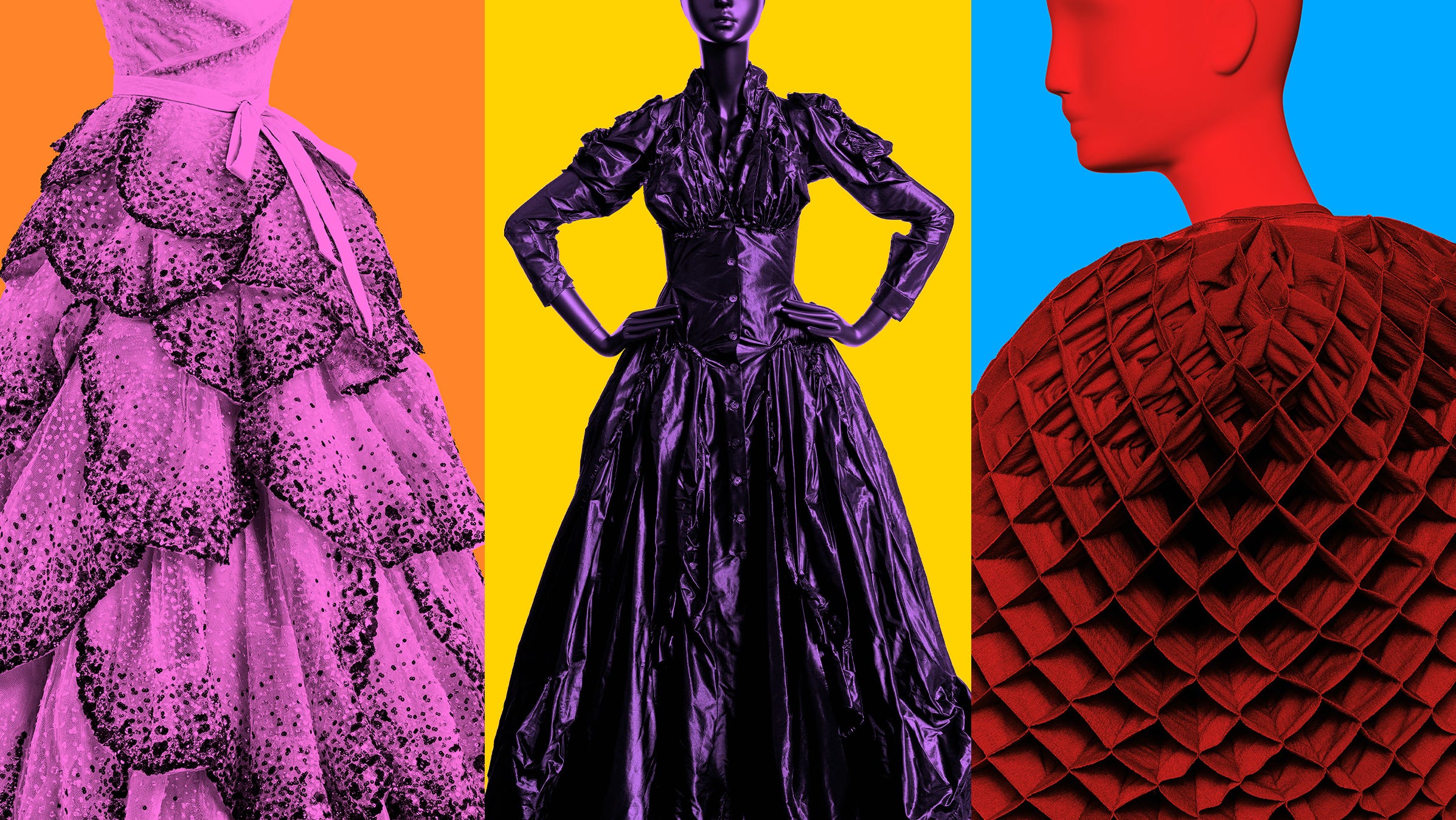
by admin 10 Jun 2024 0 Comment 11 Views
Technology is revolutionizing the fashion industry, from design and production to marketing and retail. The integration of innovative technologies is not only enhancing the efficiency and creativity of fashion but also addressing some of the industry's most pressing challenges. This blog will explore the various ways technology is transforming fashion and its implications for the future.
3D printing is enabling designers to create intricate and customized designs with greater precision and less waste. This technology allows for rapid prototyping and on-demand production, reducing the need for large inventories and minimizing waste.
CAD software is revolutionizing the design process by allowing designers to create detailed digital models of their garments. This technology enhances accuracy, speeds up the design process, and facilitates easier modifications and iterations.
Technological advancements are promoting more sustainable production methods. For example, digital printing uses less water and produces less waste compared to traditional dyeing methods. Innovations in fabric production, such as biodegradable and recycled materials, are also contributing to sustainability.
The rise of e-commerce has dramatically changed the fashion retail landscape. Online shopping platforms offer consumers convenience, a wider selection of products, and personalized recommendations based on browsing and purchase history.
AR and VR technologies are enhancing the online shopping experience. Virtual fitting rooms allow customers to try on clothes virtually, reducing the likelihood of returns and increasing customer satisfaction. VR fashion shows offer immersive experiences, allowing brands to showcase their collections to a global audience.
AI is being used to analyze consumer data, predict trends, and optimize inventory management. Chatbots and virtual assistants provide personalized customer service, answering queries and offering product recommendations based on individual preferences.
Smart fabrics are integrated with technology to provide additional functionalities, such as temperature regulation, moisture-wicking, and biometric monitoring. These fabrics are being used in sportswear, medical garments, and everyday clothing to enhance comfort and performance.
Wearable technology, such as smartwatches and fitness trackers, has become an integral part of modern fashion. These devices not only track physical activity and health metrics but also integrate with smartphones and other digital platforms for seamless connectivity.
Blockchain technology is being used to enhance transparency and traceability in the fashion supply chain. By recording every transaction on a secure and immutable ledger, blockchain ensures that consumers can verify the origins and ethical practices of the products they purchase.
Technological advancements are driving eco-friendly innovations in fashion. For example, waterless dyeing techniques, recycling initiatives, and the development of sustainable materials like lab-grown leather are reducing the environmental impact of fashion production.
Social media platforms have become powerful tools for fashion marketing. Brands collaborate with influencers to reach wider audiences, create engaging content, and build brand loyalty. Data analytics helps brands understand consumer behavior and tailor their marketing strategies accordingly.
AR and VR are being used to create immersive marketing experiences. Virtual fashion shows, interactive advertisements, and augmented reality try-ons are engaging consumers in new and exciting ways, enhancing brand visibility and consumer engagement.
Technology is playing a pivotal role in shaping the future of fashion. From innovative design and sustainable production methods to transformative retail experiences and enhanced consumer engagement, technology is driving the industry towards greater efficiency, creativity, and sustainability. As technology continues to evolve, its integration with fashion will likely lead to even more exciting developments, redefining how we design, produce, and consume fashion in the years to come.